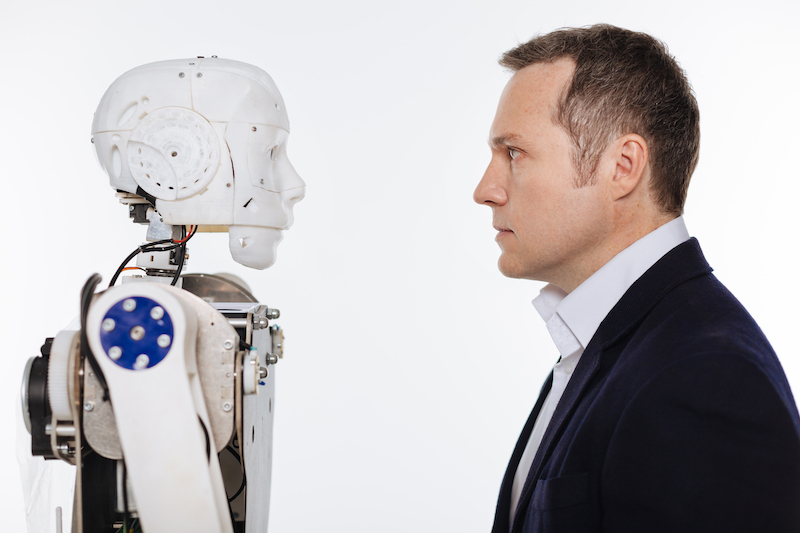The conflicting perspectives between the USPTO and USCO regarding AI’s role in innovation and the arts should be resolved through consultation with the President.
Under the recent Executive Order on Artificial Intelligence Development and Use, the USPTO Director and Copyright Registrar are tasked with collaborating to propose strategies for advancing AI innovation within intellectual property frameworks. However, discrepancies have arisen between the agencies concerning the evaluation of AI’s creative capabilities, particularly in relation to AI inventorship and authorship.
The USPTO maintains a stance that AI lacks the capacity for conception, as evidenced in the Thaler v. Vidal case where the court rejected the notion of AI vision. On the other hand, the USCO employs a de minimis test to determine copyrightability, which assumes creativity by AI but limits protection if the AI contribution surpasses a minimal threshold.
This divergence raises questions about the coherence of the agencies’ positions. Why does the USCO presume AI creativity while the USPTO denies AI’s imaginative abilities? How can the USPTO’s assertion of AI’s incapacity for conception coexist with the USCO’s de minimis standard for copyright determination?
The USPTO’s skepticism towards AI inventorship is underscored by examples such as the DABUS case, where AI-generated inventions were not recognized due to the lack of inventorship attribution to a machine. This skepticism aligns with the belief that current AI lacks the cognitive depth required for true inventorship.
Conversely, the USCO’s de minimis test, derived from the Feist v. Rural Telephone case, assumes AI creativity but restricts copyright protection if the AI contribution exceeds a minimal threshold. This approach, while acknowledging AI’s creative potential, raises complexities in determining copyright eligibility for works with significant human-AI collaboration.
To address these complexities, a nuanced evaluation framework, such as a “significant factor test,” could be considered by the USCO to assess the level of human input in AI-generated works. This approach would enable copyright protection for works with substantial human involvement while ensuring that pure AI-generated content remains excluded from copyright eligibility.






